Iron tawas for roti are favored by many for their heat retention properties and the ability to create authentic and flavorful rotis. However, they require proper care and maintenance to keep them in optimal condition and ensure longevity.
Table of Contents
What Is An Iron Tawa For Roti?
An iron tawa is a cooking utensil or griddle made of cast iron that is commonly used in Indian cooking. It is a flat, circular pan with a slightly concave surface, typically used for cooking various Indian flatbreads like rotis, chapatis, parathas, and dosas.
What Is An Iron Tawa For Roti Made From?
Iron tawa for roti is made from cast iron, which is a heavy-duty and durable material known for its excellent heat retention properties. Cast iron has the ability to accurately distribute heat, which aids in cooking food evenly.
Benefits Of Iron Tawa For Roti:
Heat Distribution: Cast iron tawa for roti possess the capacity to evenly distribute heat, allowing for consistent culinary results. This helps ensure the food heats evenly and achieves the desired texture.
Versatility: Iron tawa for roti can be used for various cooking tasks. They are commonly used for making staple Indian flatbreads such as roti, chilla, and dosa. In addition, iron tawas for roti can also be used to prepare dosas, pancakes, sear meat products, and toast spices, among other things.
Durability and Longevity: Iron tawa for roti is known for its durability and long lifespan. With proper care and maintenance, an iron tawa for roti can last for many years. However, it requires regular seasoning, proper cleaning, and careful handling to prevent rusting and maintain its non-stick surface.
Traditional Cooking Experience: Using an iron tawa for roti provides a traditional and authentic cooking experience. The heavy and sturdy nature of the tawa allows for better control while cooking and achieving the desired texture and flavor.
Heat Retention: An iron tawa for iron has exceptional thermal conductivity, meaning they retain heat for an extended period of time. This characteristic is advantageous when cooking rotis because it facilitates the production of puffy or phulka-like rotis.
Is Iron Tawa And Cast Iron Tawa The Same?
Yes, "iron tawa" and "cast iron tawa" refer to the same type of cooking utensil. Both terms are commonly used interchangeably to describe a tawa made from cast iron material. Cast iron is a specific type of iron alloy known for its excellent heat retention properties, durability, and ability to distribute heat evenly. It is a popular material for making tawas due to these characteristics. So, when you come across the terms "iron tawa" or "cast iron tawa," they typically refer to the same cooking utensil made from cast iron.
How Is Non-Stick And Iron Tawa For Roti Different?
Iron tawas and non-stick tawas are two different types of cooking utensils with distinct characteristics. Here are the main differences between an iron tawa and a non-stick tawa:
Material: Iron Tawa is made of cast iron, which is a durable and heavy material known for its excellent heat retention properties. Non-stick tawas, on the other hand, have a metal base coated with a non-stick material like Teflon or ceramic.
Cooking Surface: Iron tawas have a natural cooking surface that requires seasoning to create a non-stick coating. The seasoning process involves applying oil and heating the tawa to develop a protective layer. Non-stick tawas come with a pre-applied non-stick coating that prevents food from sticking and allows for easy release.
Heat Distribution: Iron tawas distribute heat evenly across the surface, ensuring uniform cooking. Non-stick tawas may have slightly uneven heat distribution due to variations in the thickness and quality of the non-stick coating.
Stickiness: Iron tawas require some oil or ghee during cooking to prevent sticking, even with a seasoned surface. Non-stick tawas, as the name suggests, have a non-stick coating that reduces the need for excessive oil or fat, and food generally slides off easily.
Care and Maintenance: Iron tawas require special care and maintenance. They should be seasoned regularly, cleaned with minimal water, and dried thoroughly to prevent rusting. Non-stick tawas are relatively easier to clean, usually requiring mild soap and water. However, they are susceptible to scratching, so using gentle utensils and avoiding abrasive cleaning methods is recommended.
Versatility: Iron tawas are primarily used for cooking Indian flatbreads like rotis, chapatis, and parathas. They can also be used for other cooking tasks like searing meats or toasting spices. Non-stick tawas offer versatility and can be used for a wide range of dishes, including eggs, pancakes, crepes, stir-fries, and more.
The choice between an iron tawa and a non-stick tawa depends on personal preferences, cooking needs, and considerations such as desired cooking experience, maintenance requirements, and budget. While iron tawas offer durability and heat retention, non-stick tawas provide easy food release and convenience.
Does Iron Tawa Release Iron?
Yes, cooking with an iron tawa can contribute to the release of a small amount of iron into the food. Iron is known to leach into food when cooking with cast iron cookware, including iron tawas. This can be beneficial for individuals with iron deficiencies, as it can provide a natural source of dietary iron.
The amount of iron released from the tawa depends on various factors such as the type of food, cooking time, and acidity of the ingredients. Foods with higher moisture content and longer cooking times tend to absorb more iron from the tawa. Acidic foods like tomatoes or citrus fruits can also facilitate the release of iron.
While cooking with an iron tawa can contribute to the dietary intake of iron, it is important to note that the amount of iron released is relatively small compared to the recommended daily intake of iron. It should not be relied upon as the sole source of iron in one's diet. It's worth mentioning that individuals with certain health conditions, such as hemochromatosis (excessive iron accumulation), should exercise caution when cooking with cast iron cookware, as it can potentially contribute to increased iron levels in the body. In such cases, it is advisable to seek medical advice before using iron tawas or other cast iron cookware.
Does Iron Tawa Enhance Food Flavour?
Yes, cooking with an iron tawa can enhance the flavor of certain foods. Iron tawas, particularly those made of cast iron, have the ability to impart a subtle and distinct taste to the dishes being cooked. This is often referred to as the "seasoning" or "flavoring" effect of cast iron.
The seasoning or flavoring effect occurs due to the porous nature of cast iron. Over time and with proper seasoning, a layer of polymerized oil or fat builds up on the surface of the tawa, creating a natural non-stick coating. This coating contributes to the release of small amounts of fats and flavors from previous cooking sessions, adding a unique depth and richness to subsequent dishes.
The flavor enhancement can be particularly noticeable when cooking certain Indian flatbreads like rotis, chapatis, or parathas on an iron tawa. The combination of high heat and interaction with the cookware surface of the iron tawa can produce a flavour that many people find enticing.
It's important to note that the flavor enhancement is subtle and may not be noticeable in all types of dishes. Some foods, especially those with strong flavors or heavily seasoned ingredients, may not be significantly influenced by the use of an iron tawa. However, for certain dishes and cooking techniques, the flavor imparted by an iron tawa can be considered a desirable characteristic.
Ultimately, the effect of an iron tawa on food flavor can vary depending on personal preferences and the specific dish being prepared. Some individuals appreciate the unique flavor contributions of cast iron cooking, while others may not find it significant. It is always recommended to experiment and determine your own preferences when it comes to the flavor profile imparted by an iron tawa.

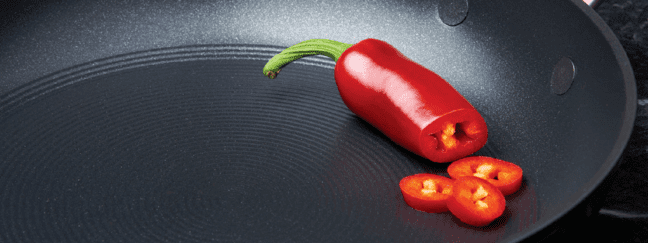
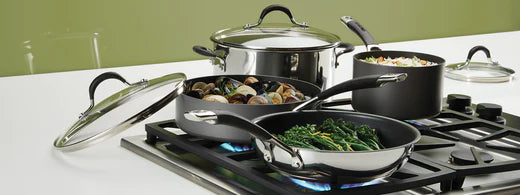
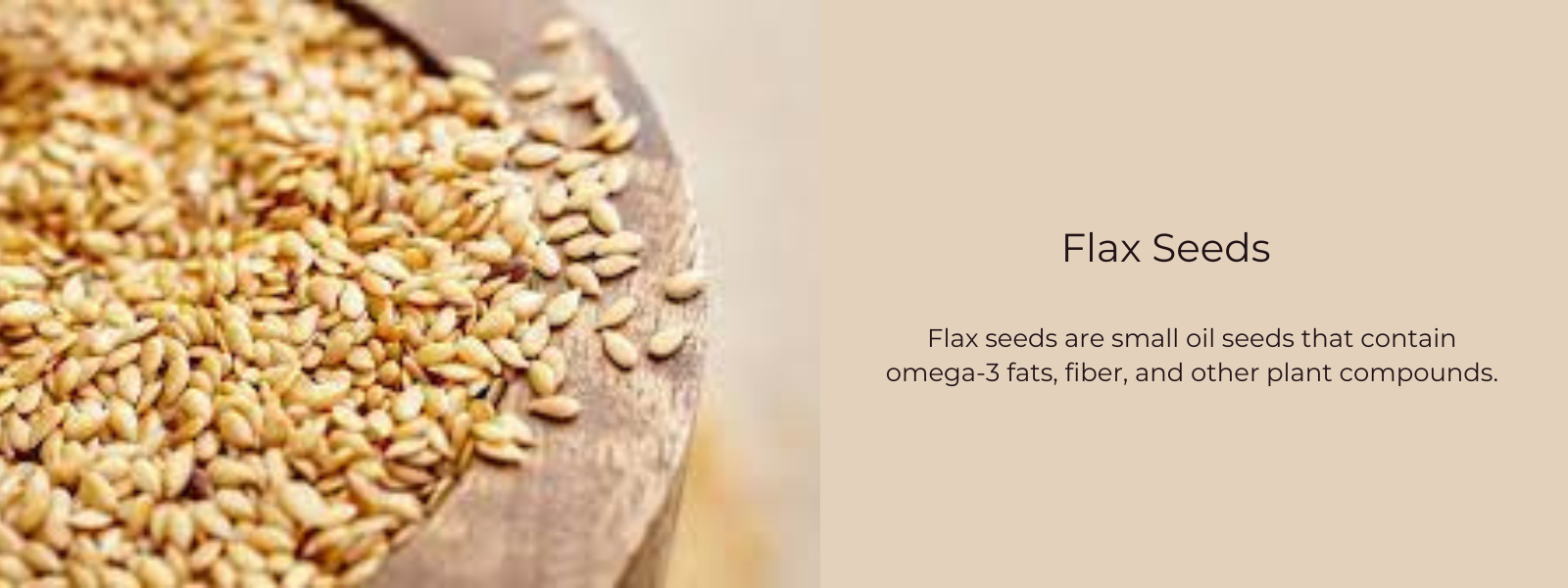
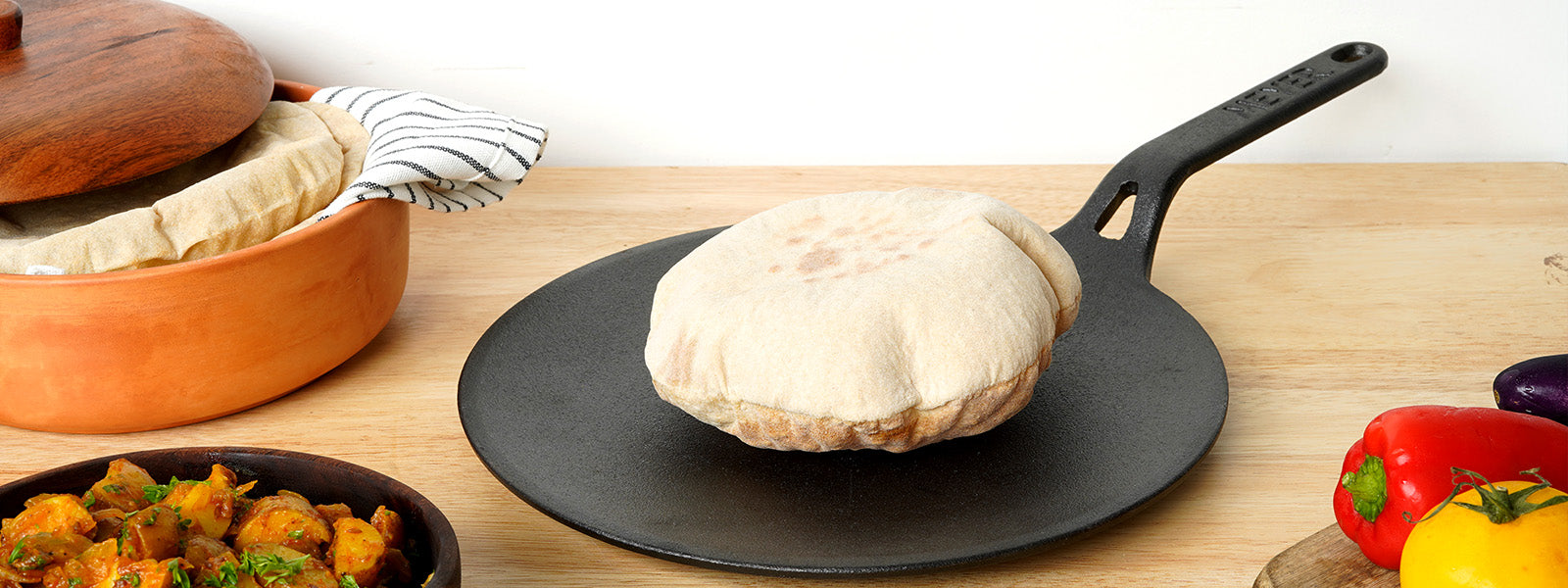

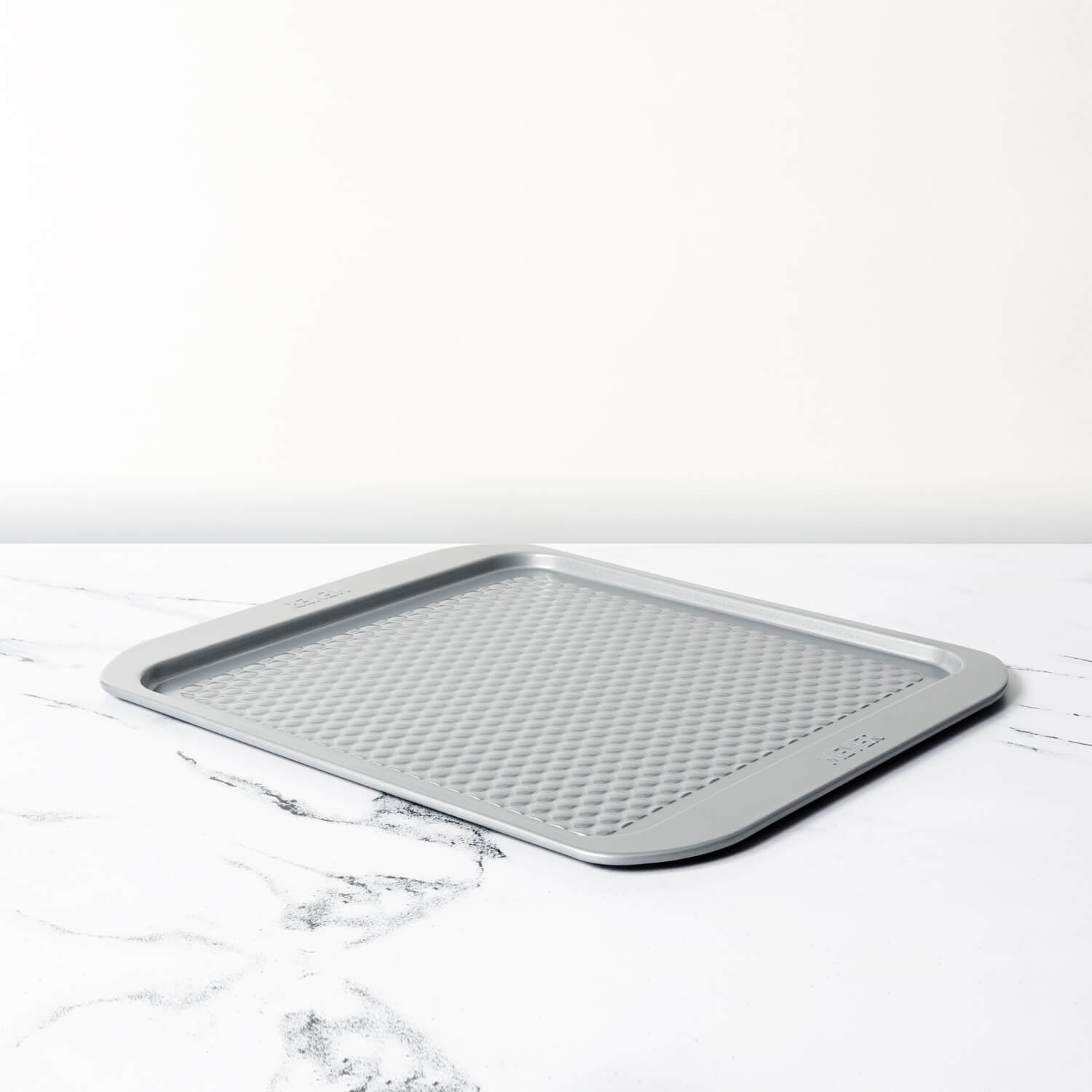




Leave a comment